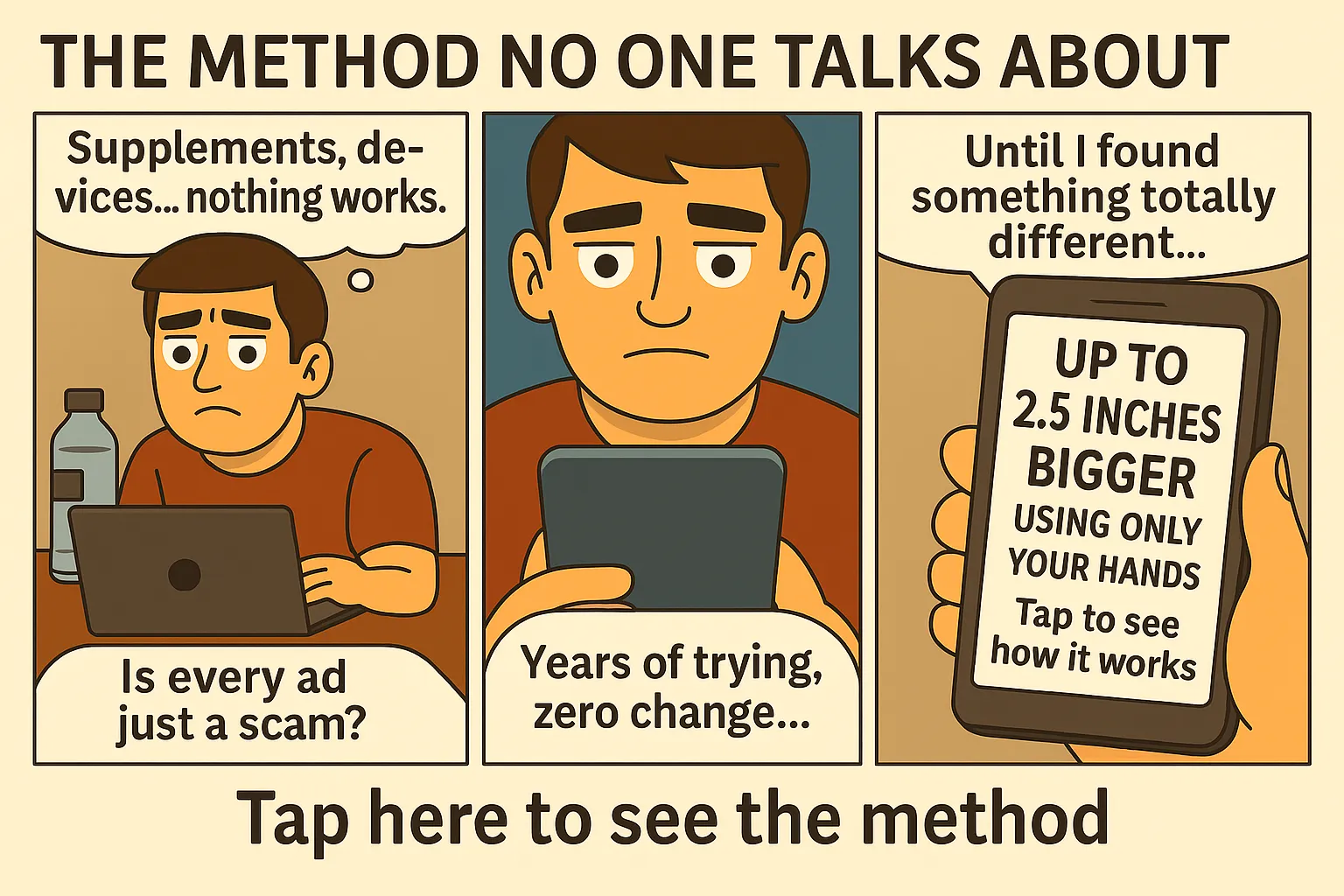Build the Ultimate Sleep Environment to Optimize Your Hormones
Most men don’t realize their hormones are crashing overnight — all because their sleep environment is destroying their recovery. Hormone sleep optimization isn’t just about going to bed on time. It’s about engineering the perfect sleep conditions to maximize testosterone, growth hormone, and luteinizing hormone. This guide shows you exactly how to do it in 2025.
Why Sleep Is the Foundation of Hormonal Health
During deep sleep, your body releases powerful hormones that rebuild tissue, regulate libido, and restore cognitive function. Testosterone is primarily secreted during REM and deep stages of sleep. LH and GH peak during non-REM phases. If your sleep is broken, light-polluted, or late — your hormones will suffer.
How Poor Sleep Sabotages Your Hormones
- Late Bedtimes: Suppress testosterone by disrupting the circadian rhythm.
- Blue Light Exposure: Reduces melatonin, delaying deep sleep onset.
- Room Temperature: Sleeping in hot environments lowers LH and GH pulses.
- Noise Pollution: Triggers cortisol spikes that block anabolic hormone production.
Designing a Sleep Fortress for Hormonal Recovery
Use these science-backed tactics to create a bedroom that boosts hormone sleep optimization:
- Blackout Curtains: Eliminate all external light — your brain senses light even through closed eyelids.
- Cool Temperature: Ideal range is 18–20°C (64–68°F) for testosterone and GH release.
- EMF Reduction: Remove phones, Wi-Fi routers, and electronics from the bedroom.
- White Noise or Earplugs: Keep cortisol low by blocking out sound disturbances.
Pre-Sleep Rituals That Unlock Hormonal Gains
The hour before bed is your hormonal launchpad. Structure it like this:
- Blue light blockers 2 hours before sleep
- Warm shower or magnesium bath to lower core temperature
- Low-carb, zinc-rich dinner (salmon, spinach, avocado)
- Journaling + nasal breathing to lower cortisol
- Sleep mask and grounding sheet for deeper REM
Stacking Sleep With Red Light and LH Protocols
Optimized sleep works even better when paired with complementary biohacks. For example:
- Use red light therapy in the evening to trigger melatonin (see red light testosterone guide)
- Support testosterone synthesis with natural LH boosters
- Enhance brain recovery and focus by improving morning dopamine (see focus boosters for men)
The Role of Chronobiology in Hormone Timing
Your body runs on an internal clock — and your hormones follow it. Cortisol peaks in the morning, while melatonin, LH, and GH surge at night. Disrupting this cycle by staying up late or using screens kills hormone output. Here’s how to get back in sync:
- Morning Sunlight: Reset your circadian clock and suppress leftover melatonin
- Consistent Sleep Schedule: Go to bed and wake up at the same time daily — even weekends
- Meal Timing: Eat your last meal 3 hours before sleep to avoid blood sugar crashes
- Workout Timing: Strength training in the afternoon enhances GH and testosterone
Supplements That Supercharge Sleep and Hormones
- Magnesium Glycinate: Calms the nervous system and promotes deep sleep
- Zinc: Supports testosterone and melatonin production
- GABA: Helps reduce mental chatter and improves sleep latency
- Ashwagandha: Lowers cortisol, especially in stressed men
- L-Theanine: Smooths brainwaves and enhances REM depth
Real Case Study: Hormonal Crash to Deep Recovery
Leo, 32, struggled with fatigue, low libido, and brain fog. He slept with the TV on, scrolled his phone in bed, and rarely got outside sunlight. After transforming his sleep environment using blackout curtains, magnesium, red light therapy, and a fixed routine — his testosterone rose 220 ng/dL in 2 months. His energy and sex drive returned stronger than ever.
7-Day Sleep Optimization Blueprint
- Monday: Sleep by 10PM, no caffeine past 2PM, red light at 8PM
- Tuesday: Light morning walk + grounding, take GABA 45 mins before bed
- Wednesday: Add warm Epsom salt bath at night
- Thursday: No electronics after 8PM, journaling before bed
- Friday: Magnesium + zinc stack after dinner, low-carb meal
- Saturday: Sleep in darkness, zero alcohol, sleep mask
- Sunday: Cold shower AM, evening red light, early sleep
Common Sleep Mistakes That Kill Hormones
- Sleeping with lights or devices on
- High sugar dinner spiking insulin at night
- Inconsistent wake-up times disrupting cortisol rhythm
- Noise disturbances triggering micro-awakenings
Track Your Sleep–Hormone Sync With Smart Devices
Biofeedback tools can help you understand whether your sleep habits are boosting or hurting your hormone levels. Consider using:
- Oura Ring: Tracks HRV, sleep stages, temperature changes
- Whoop Band: Provides strain-recovery ratio and deep sleep data
- Sleep Cycle App: Analyzes breathing patterns and wake cycles
Pair these tools with regular bloodwork for testosterone, LH, and cortisol to identify what’s working and what’s not.
Hormone-Optimizing Foods Before Bed
The last meal of your day can help — or hurt — your hormones overnight. Choose ingredients that calm the nervous system, support testosterone, and don’t spike insulin:
- Wild salmon or sardines
- Spinach or kale (high in magnesium)
- Eggs with avocado
- Dark chocolate (85%+) for magnesium and flavonoids
- Chamomile or rooibos tea for relaxation
Mental Detox: Decluttering the Mind Before Sleep
Even the perfect room won’t help if your brain is wired. Introduce these practices to shut down mental loops before bed:
- Brain Dump: Write down everything on your mind before lights out
- Box Breathing: 4-4-4-4 cycle to stabilize the nervous system
- Visualization: Picture hormone recovery and muscle regeneration while you sleep
Benefits of Deep Sleep on Male Performance
When you enter slow-wave and REM sleep consistently:
- Testosterone surges early morning
- Growth hormone rebuilds muscle and burns fat
- LH spikes for improved libido
- Neurotransmitters reset for sharper focus
Now imagine stacking that every night for 30+ days. This is what hormone sleep optimization unlocks. And it’s 100% in your control.
Complete your system by combining it with red light testosterone strategies and adaptogen-based libido support.
Understanding Sleep Phases and Hormone Output
Each stage of sleep plays a distinct role in hormone health:
- Stage 1–2 (Light Sleep): Entry phase — transition from wakefulness
- Stage 3 (Deep Sleep): GH and testosterone surge, muscle repair begins
- REM: Brain processes memory and emotional regulation; cortisol lowers
Disrupting any of these stages — via light, noise, or caffeine — lowers your total hormone output. That’s why full-cycle sleep is non-negotiable.
Bonus: Travel Hacks to Maintain Hormone Sleep Optimization
Jet lag, hotel rooms, and unfamiliar environments can destroy your rhythm. Here’s how to stay on point:
- Travel with blackout sleep mask + earplugs
- Use portable red light device to reset circadian rhythm
- Fast during flights and eat first local meal at destination time zone
- Take magnesium + zinc on landing night to recover
Final Thoughts: Win Your Hormones While You Sleep
Optimizing sleep is the fastest way to elevate your hormones without needles, drugs, or complicated protocols. When you sleep deeply, your body heals, your testosterone rises, and your mental game sharpens.
Mastering hormone sleep optimization doesn’t require perfection — just consistency and awareness. Follow the blueprint, track your biofeedback, and combine it with natural LH boosters to unlock elite performance overnight.
Want the shortcut to full recovery, better sex, and daily energy? Start your total hormonal reboot here and wake up in full command.
Monthly Sleep Cycle Reset Protocol
Every 30 days, run this protocol to reset circadian and hormonal alignment:
- Week 1: Sleep and wake same time daily, eliminate all caffeine
- Week 2: Add nightly red light, breathwork, and screen curfew
- Week 3: Track HRV and deep sleep metrics with wearable
- Week 4: Microdose GABA + magnesium nightly, skip training 2 days for full recovery
Advanced Lab Panels to Track Sleep–Hormone Health
- Testosterone (Total + Free) — morning draw after rest day
- LH + FSH — pituitary function baseline
- DHEA-S — adrenal health indicator
- Melatonin AM/PM — rhythm sync analysis
- Cortisol — saliva 4-point test (waking, noon, evening, bedtime)
Case Study 2: From Wired & Tired to Hormonal Reboot
Max, 29, was sleeping 7 hours but woke up exhausted, sex drive dead, and moody. Labwork showed cortisol inversion and low LH. After 30 days on a structured hormone sleep optimization protocol — blackout environment, red light at sunset, blue light blockers, magnesium, and sleep schedule discipline — his labs normalized, T rose by 180 ng/dL, and motivation returned.
Daily Checklist for Hormone Sleep Optimization
Use this checklist each night to stay on track:
- [ ] No caffeine past 2PM
- [ ] Red light exposure after sunset
- [ ] No screens 1 hour before bed
- [ ] Magnesium or zinc supplement taken
- [ ] Bedroom set to 18–20°C, blackout complete
- [ ] Breathwork or journaling completed
Missed a box? No problem — reset tomorrow. This is a lifestyle, not a one-off fix.
The Sleep–Hormone Revolution Starts Tonight
You don’t need synthetic drugs or complex routines. Your body already knows how to heal, grow, and perform — you just need to give it the right environment.
By mastering hormone sleep optimization, you unlock your true masculine potential while doing absolutely nothing… but sleeping.








